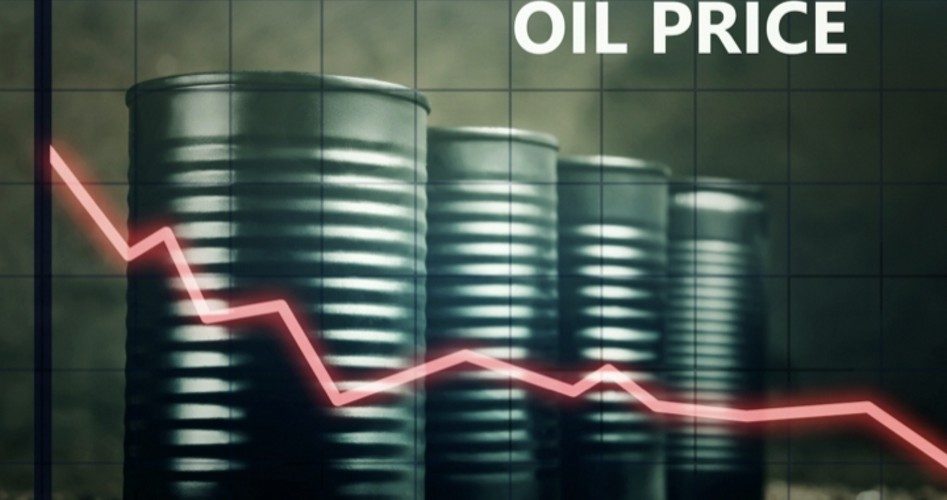
The summary of how consumer prices behaved in March, released on Friday by the Bureau of Labor Statistics, noted that its index registered “the largest monthly drop since January, 2015.” The 0.4 percent drop in March is equivalent to a five-percent decrease in prices at the consumer level for a year.
Its Consumer Price Index (CPI) was pushed down mostly by the price of gasoline, which fell by 10 percent in March. This reflected the virtual collapse in crude oil prices, which dropped more than 30 percent last month.
Apparel prices also were down, along with new car prices, reflecting an absence of buyers in retail outlets and showrooms, thanks to the coronavirus shutdown.
When pressed on the matter, Federal Reserve Chairman Jerome Powell (head of the machinery that is responsible for increasing the money supply) said that low inflation numbers for March are “not a first order concern for us today.… [It’s] that too high inflation might be coming our way in the near future.”
Might?
It’s already here, and he knows it. The latest report from the Federal Reserve, which tracks the growth in the money supply was released on Thursday. On February 3, the M2 measure of the money supply in the economy was $15.4 trillion. On March 30, just two months later, it had grown to $16.7 trillion, a jump of $1.3 trillion, or 8.6 percent.
The math is easy and the conclusion is frightening: If the Fed continues to inflate the money supply at the same rate for a full year, the quantity of money in the economy will increase by — ready? — 50 percent!
And there’s every incentive for the Fed to continue to do just that. There’s serious talk on the hill about CARES 2.0, which would add another $2.3 trillion in rescue funding, and an additional $2 trillion for infrastructure spending. That amount of additional spending by the federal government is likely to satiate the private bond market’s appetite for more government debt. That leaves the Fed as the buyer of last resort for the bonds the Treasury will have to issue to pay for it.
Enjoy the low prices. They won’t last.
Image: Galina Sandalova / iStock / Getty Images Plus
An Ivy League graduate and former investment advisor, Bob is a regular contributor to The New American, primarily on economics and politics. He can be reached at [email protected].



